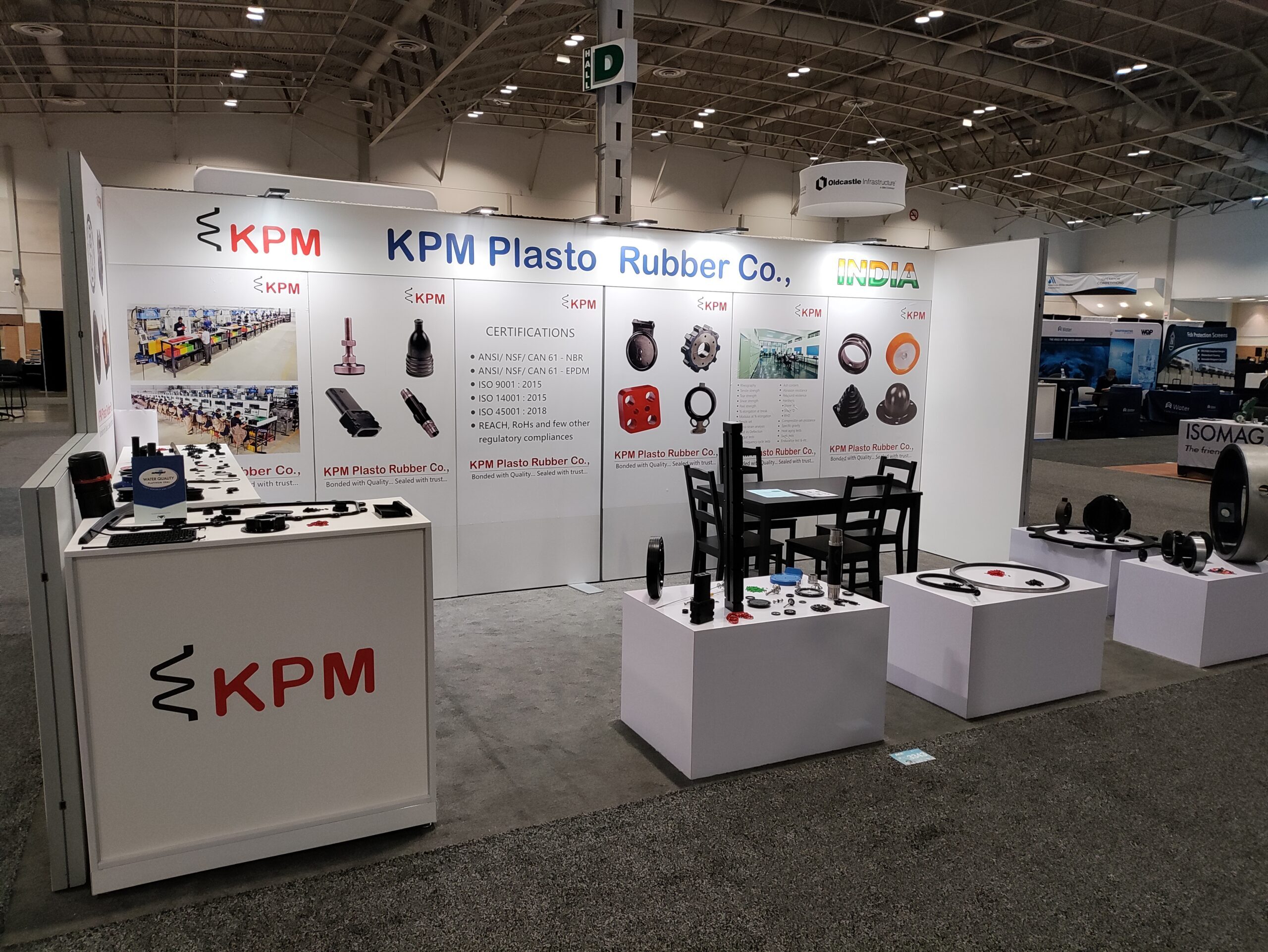Benefits of Rubber Bushings for Couplings: Enhancing Performance and Reliability
Rubber bushings, often overlooked but crucial components, play a significant role in various mechanical systems, especially couplings.
These unassuming elements contribute to the overall performance, longevity, and reliability of machinery and equipment across diverse industries.
In this article, we delve into the benefits of rubber bushings for couplings and explore how they optimize functionality in a range of applications.
Vibration Dampening:
Rubber bushings act as effective shock absorbers, dampening vibrations and minimizing the transmission of noise.
In couplings they help reduce the impact of vibrations generated by rotating machinery, resulting in smoother operation and reduced wear and tear.
Misalignment Compensation:
Machinery components are rarely perfectly aligned. Rubber bushings provide a degree of flexibility that allows for minor misalignments between coupled shafts.
Noise Reduction:
Mechanical systems can generate noise due to vibrations and friction. Rubber bushings, with their ability to absorb vibrations, contribute to noise reduction, creating a quieter and more comfortable operating environment.
Protection Against Corrosion:
In some cases, metal-to-metal contact between coupling components can lead to corrosion due to the accumulation of moisture and other contaminants. Rubber bushings act as barriers, preventing direct contact and minimizing the risk of corrosion.
Enhanced Service Life:
By reducing stress, dampening vibrations, and compensating for misalignment, rubber bushings extend the service life of couplings and connected components. This leads to decreased maintenance requirements and increased uptime.
Cost-Effective Solution:
Compared to more complex mechanisms for vibration control and misalignment compensation, rubber bushings offer a cost-effective solution.
Versatility Across Industries:
Rubber bushings find applications in a wide range of industries, from automotive and manufacturing to agriculture and construction. Their versatility stems from their ability to adapt to varying loads, conditions, and environments.
Easy Installation:
Installing rubber bushings is relatively straightforward. They can be easily inserted into the coupling and require minimal maintenance over their lifespan, further reducing operational costs.
Reduced Maintenance Downtime:
The enhanced durability provided by rubber bushings translates to reduced maintenance requirements and less frequent replacements. This leads to fewer instances of machinery downtime, contributing to increased productivity.
Customization Options:
Rubber bushings can be tailored to specific application requirements. This customization ensures that the bushings provide the optimal level of vibration dampening, misalignment compensation, and overall performance needed for each application.
Vibration Dampening for Smoother Operation:
Rubber bushings function as effective shock absorbers, adeptly dampening vibrations and minimizing noise transmission.
Within couplings, they play a critical role in diminishing the impact of vibrations generated by rotating machinery. This results in smoother operation, reduced wear and tear, and enhanced overall efficiency.
Flexible Compensation for Misalignment:
Machinery components rarely align perfectly. Rubber bushings possess a degree of flexibility that accommodates minor misalignments between coupled shafts.
This inherent compensation capability prevents excessive stress on components, effectively reducing the risk of premature failure and associated downtime.
Quieter and Comfortable Environment:
Mechanical systems can generate disruptive noise due to vibrations and friction. Rubber bushings excel at absorbing these vibrations, contributing to substantial noise reduction.
This property creates a quieter and more comfortable operating environment, benefiting both operators and nearby surroundings.
Barrier Against Corrosion:
In certain scenarios, metal-to-metal contact among coupling components can foster corrosion due to moisture accumulation and the presence of contaminants.
Rubber bushings act as protective barriers, effectively preventing direct contact and significantly minimizing the risk of corrosion-related issues.
Extending Equipment Lifespan:
Through their ability to alleviate stress, dampen vibrations, and accommodate misalignment, rubber bushings actively contribute to extending the service life of couplings and interconnected components.
This translates into reduced maintenance demands and increased uptime, positively impacting productivity.
Cost-Effective Performance Enhancement:
In comparison to intricate mechanisms designed for vibration control and misalignment compensation, rubber bushings emerge as a cost-effective solution.
Their straightforward design and impressive durability make them a pragmatic choice for enhancing coupling performance without burdening budgets.
Versatility for Diverse Industries:
Rubber bushings find their applications across an extensive array of industries, ranging from automotive and manufacturing to agriculture and construction.
Simplified Installation Process:
Installing rubber bushings is a relatively uncomplicated process. Their design allows for easy insertion into couplings, and they demand minimal maintenance over their operational lifespan. This inherent ease of use further contributes to reducing operational costs.
Reduced Maintenance Downtime and Enhanced Productivity:
The enhanced durability offered by rubber bushings translates into diminished maintenance requirements and less frequent replacements. Consequently, instances of machinery downtime are reduced, directly leading to amplified productivity levels within industrial settings.
Tailored Performance:
Rubber bushings can be precisely customized to meet specific application requirements. This level of customization guarantees that the bushings provide an optimal balance of vibration dampening, misalignment compensation, and overall performance for each unique application.
Conclusion:
Rubber bushings are unassuming yet indispensable components that significantly impact the functionality and efficiency of couplings and mechanical systems.
Their ability to dampen vibrations, compensate for misalignment, reduce noise, and enhance durability make them a vital consideration in various industries.
By incorporating rubber bushings into coupling designs, engineers and manufacturers can create systems that not only perform optimally but also contribute to longer equipment life and reduced operational costs.


About The Author: KPM Team
More posts by KPM Team